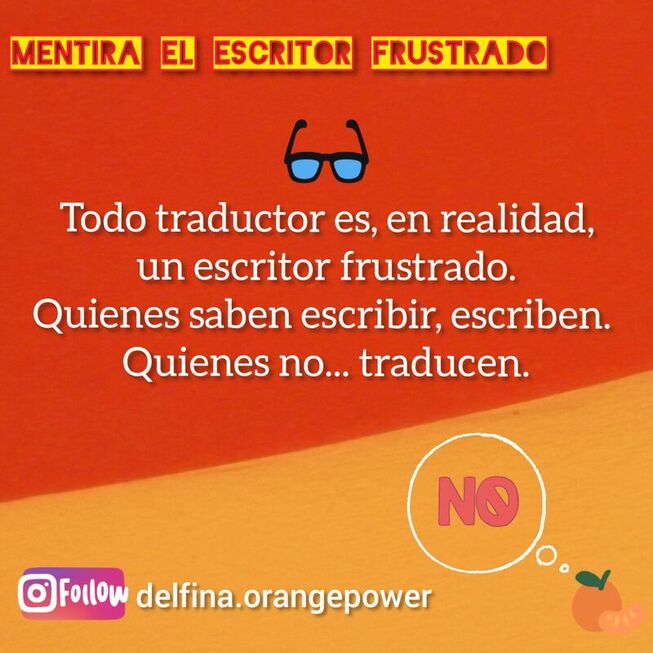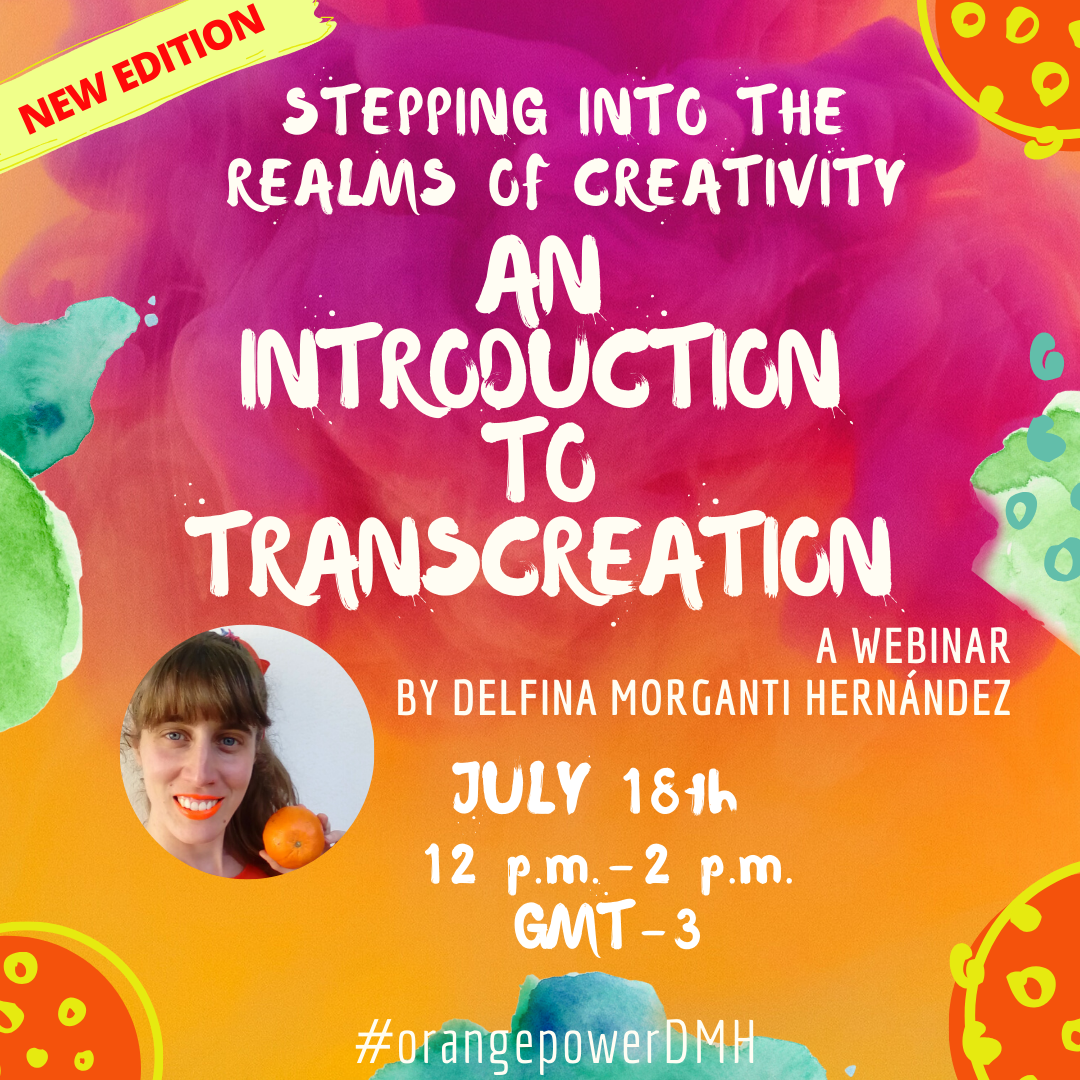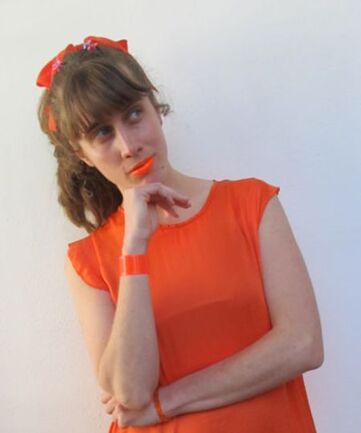Every translator is a frustrated writer. Those who can, write. Those who can't... translate.
I once had a teacher who proudly claimed that all translators are frustrated #writers by definition, that those who can, write, and those who can’t… #translate
As far as I am concerned, not all translators have ever wanted to become published writers. Similarly, not all translators seem to realise that their work already involves a highly complex act of #writing. When we translate a text, what we render into the target language is not the source text proper. That’s just an illusion, translation’s own version of “suspension of disbelief”—we believe that we’re capable of translating a text, and so does everyone else, but what we actually translate is our own subjective interpretation of that source text, for which there is no set of instructions that could anticipate the result or limit it to one version only. That’s why you'll get multiple possible #translations based on one given source text. No two #translators will ever read the same text when reading the “same” text. Their translations will differ. When we translate a text, don’t we write our version of it
|
About🍊I'm Delfina Morganti Hernández and I am the creator and host of Founded in Transcreation, the first podcast🎧 on transcreation, where I delve into how brands cross borders. Listen to the podcast on Anchor, Spotify and YouTube. ArchivesCategories
All
|








 RSS Feed
RSS Feed
